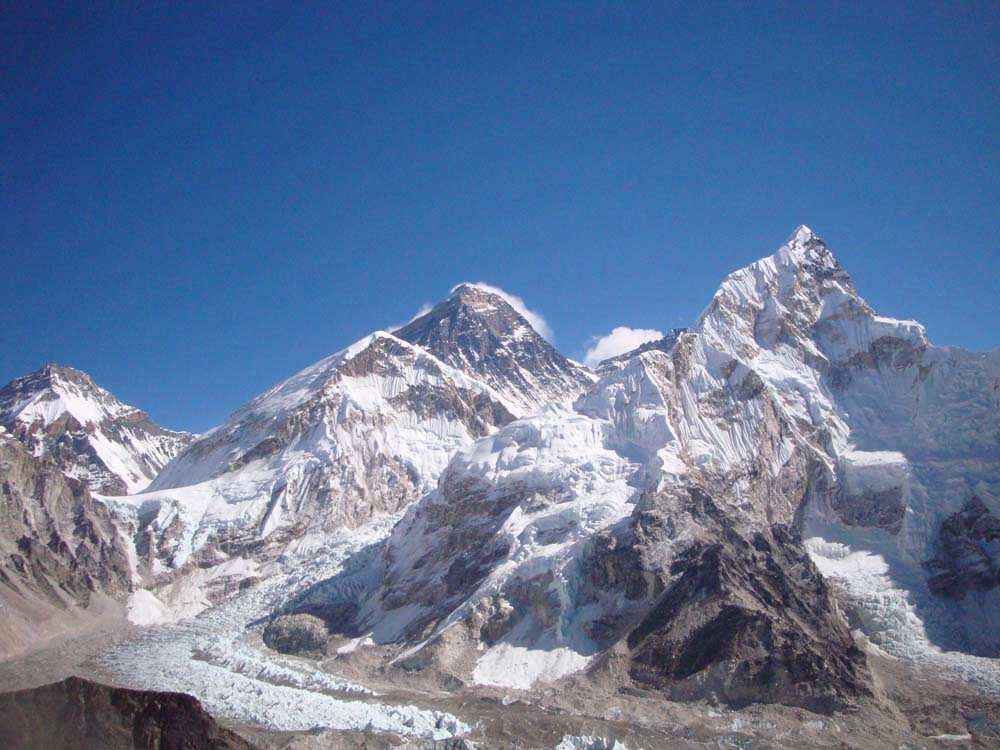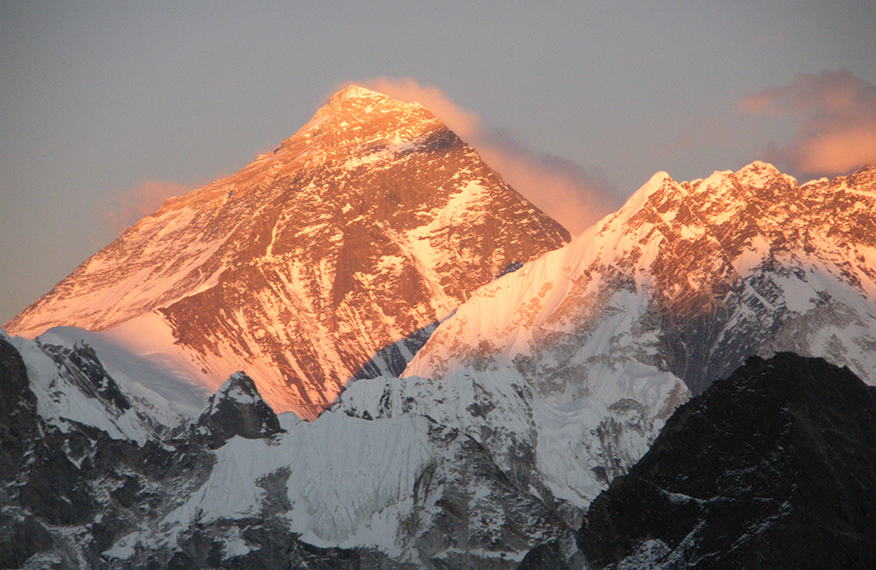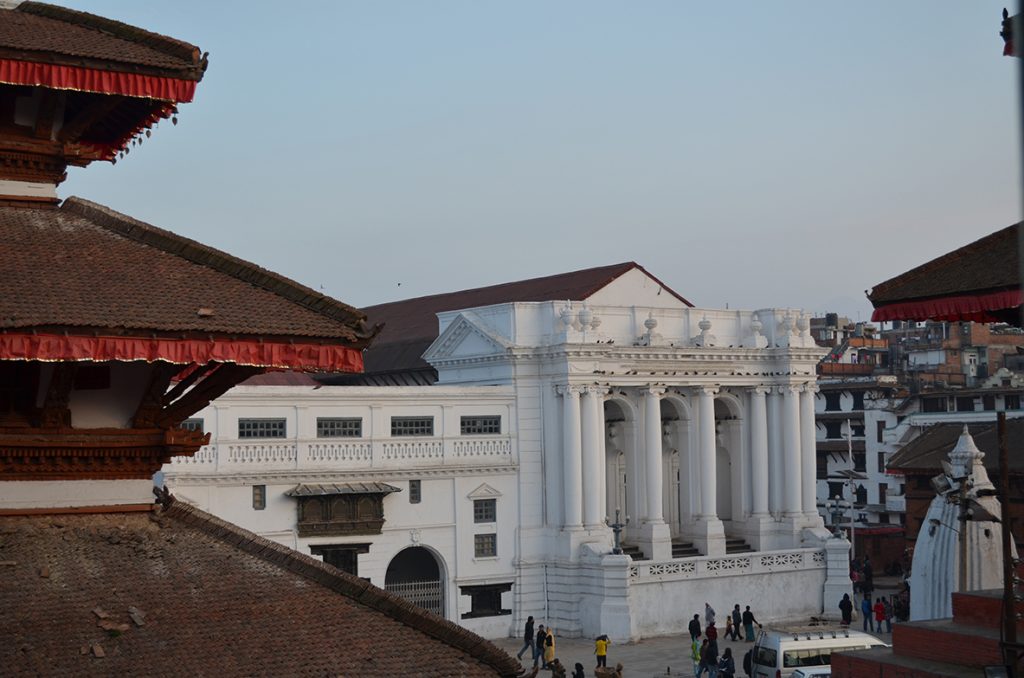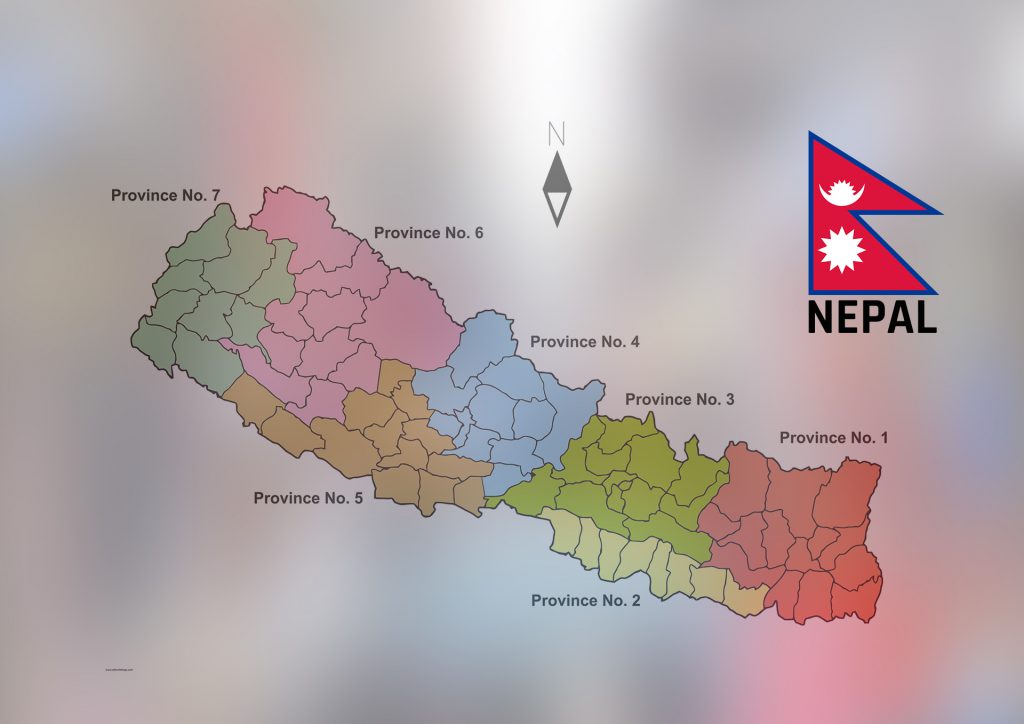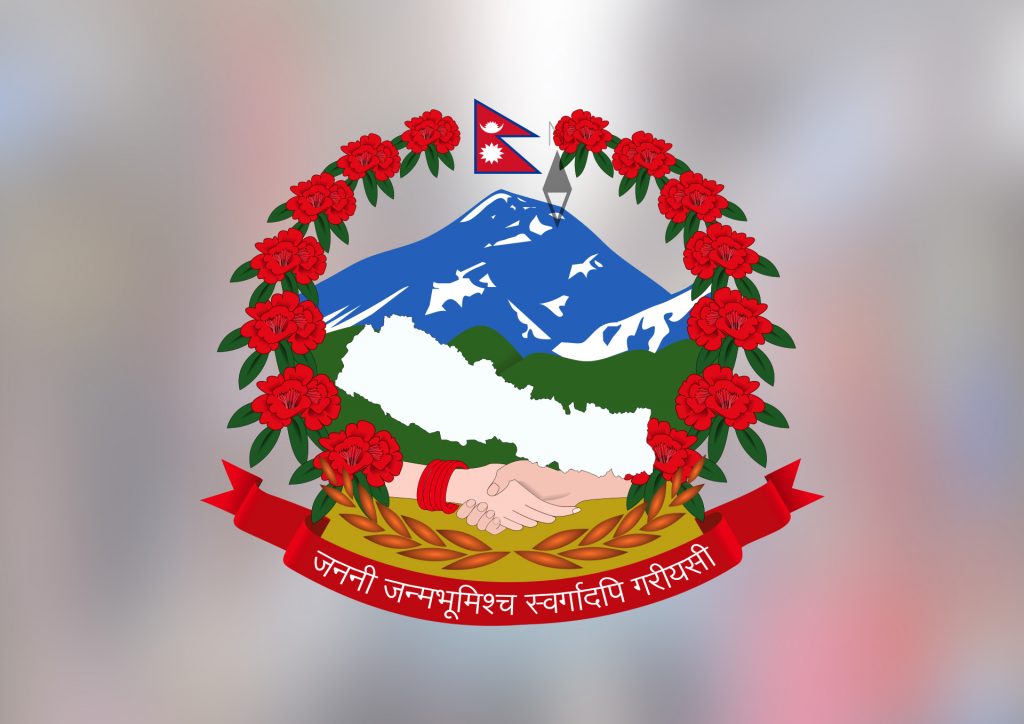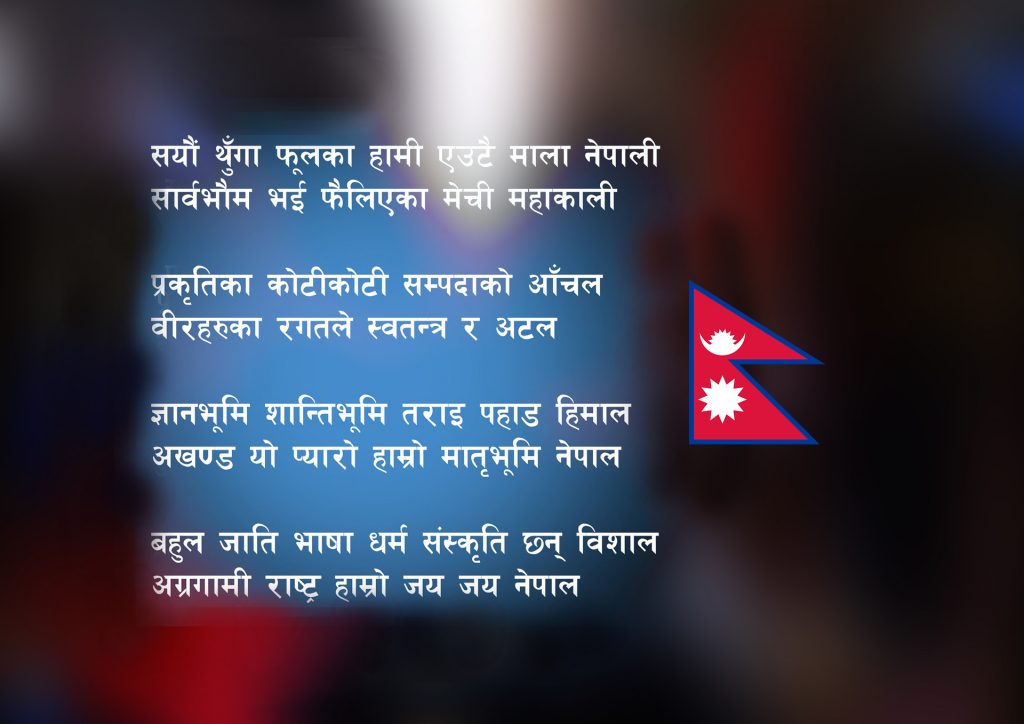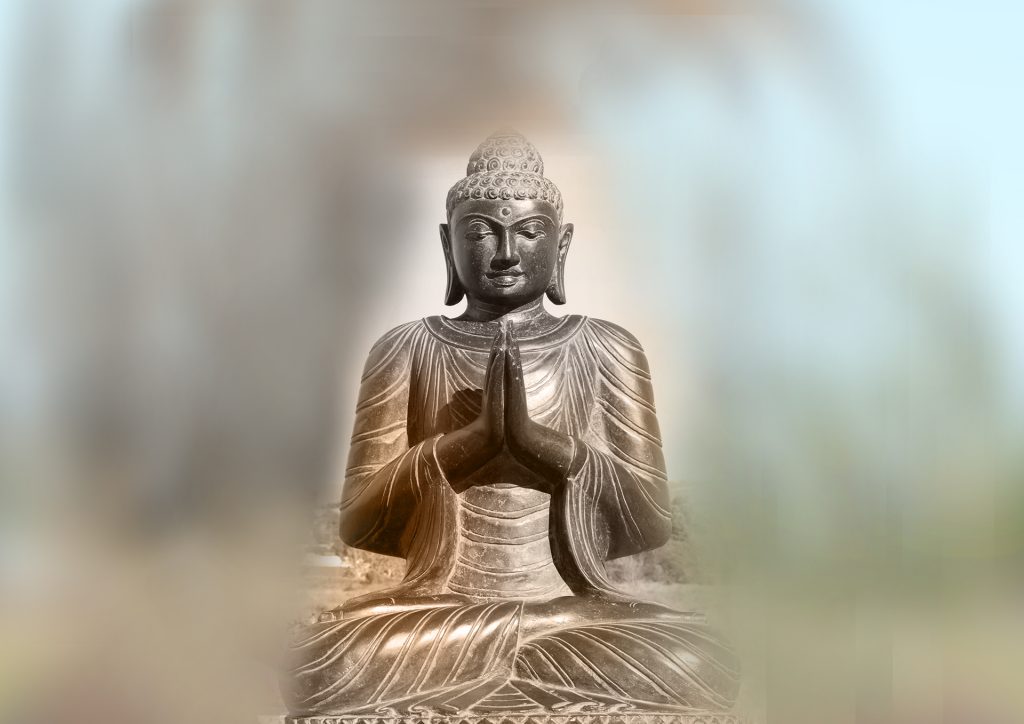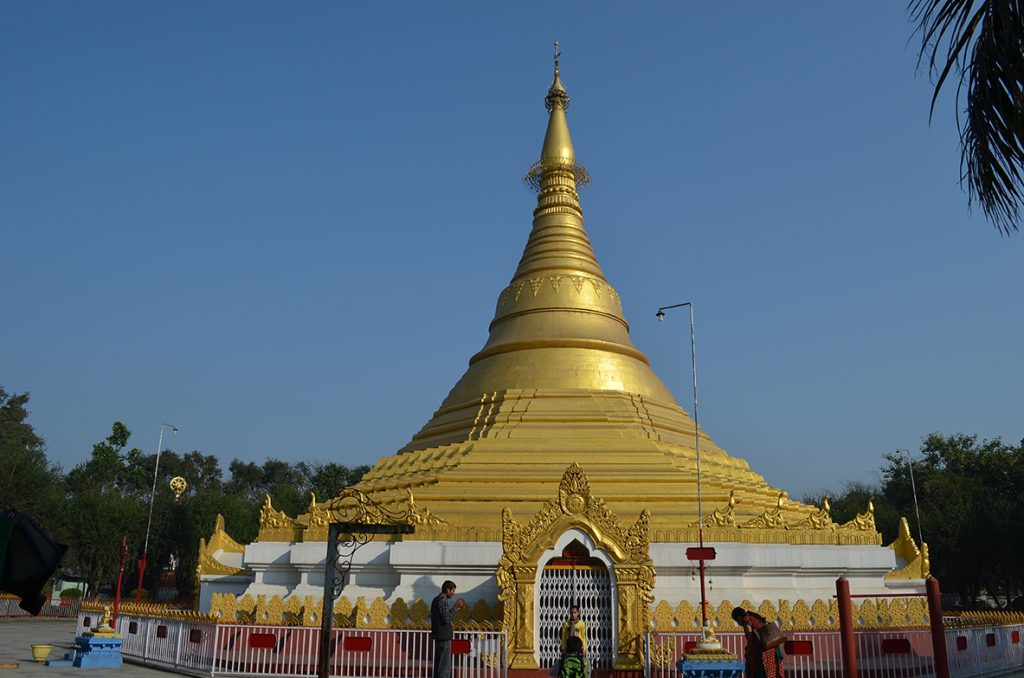
Gautam Buddha is the founder of Buddhism and also called the “Light Of Asia“. He gave the message of truth, peace, humanity, and equality. His sayings became the basis of Buddhism, one of the world’s leading religions which are followed in many countries.
Buddha was born in Nepal
Around 2580 years ago, King Shuddhodan used to rule in the small kingdom of Kapilvastu. His wife Queen Maya Devi gave birth to the Siddhartha Gautam by the puskarani sarobar while lying by the tree. Sage Asit named the child Siddhartha. Meaning of Siddhartha is “one who has accomplished a goal” according to Sanskrit. Siddhartha Gautam spent twenty-nine years of luxurious royal life and left the palace in quest of answers to questions of human suffering, and later meditates under Bodhi tree where he get enlightened with divine knowledge to become Buddha. Buddha died in Kushinagar at the age of 80.
The facts about Buddha was born in Nepal
Based on the fact and truth, looking into cultural, religious and historical importance, Lumbini was designated a UNESCO World Heritage Site in 1997 as the birthplace of ‘Gautam Buddha’. It is also testified by the inscription on the pillar erected by the Mauryan Emperor Asoka in 249 BC. Lumbini is one of the holiest places of one of the world’s great religions, and its remains contain important evidence about the nature of Buddhist pilgrimage center from as early as the 3rd century BC.
Gautam Buddha and Lumbini
Lumbini is a Buddhist pilgrimage site in the Rupandehi District of Nepal where Queen Maya Devi gave birth to Siddhartha Gautama in 623 BCE. Siddhartha Gautama, who achieved Enlightenment became Lord Gautama Buddha and founded Buddhism. Lumbini is one of the center of attraction for pilgrimage that sprang up in places pivotal to the life of Gautama Buddha. It is listed in the World Heritage Site status by UNESCO in 1997. Lumbini has a number of temples within its premise. There are many pilgrimage sites, museum, monuments in Lumbini. Maya Devi Temple is one of the important one. The temple stands adjacent to a sacred pool known as Puskarini and a sacred garden. It is the place where in the garden Gautam Buddha was born in 623 BC. In the sacred pond beside the temple Maya Devi used to take bath before giving birth to the Buddha and even Buddha had his first bath. Another important aspect of Lumbini is the Ashoka Pillar with its Pali inscription in Brahmi script. It is located close to the Indian border. It is one of many stone pillars built by the Indian Emperor Ashoka during his reign in the 3rd century BC. Next is the Bodhi tree which is one of the most colorfully decorated sights in Lumbini. It is famous for its relation to an ancient fig tree and is characterized by the heart-shaped leaves it possesses. The term was given to the tree in relation to the Bodhi Tree where Lord Buddha achieved enlightenment in India. Additionally there are the excavated remains of Buddhist viharas (monasteries) of the 3rd century BC to the 5th century AD and the remains of Buddhist stupas (memorial shrines) from the 3rd century BC to the 15th century AD. The site is now being developed as a Buddhist pilgrimage centre, where the archaeological remains associated with the birth of the Lord Buddha form a central feature. There is also the International Gautami Nuns Temple which is a replica of the Swayambhu Stupa of Kathmandu. This Nun is made by the Government of Nepal representing Nepali temple in Lumbini. Next in line is Royal Thai Buddhist Monastery, World Peace Pagoda and other various monasteries along with the Flame of Eternal Peace. The flame has been burning since 1986.
Gautam Buddha’s Luxurious Life to Enlightenment
The life story of the Buddha begins in the kingdom of Kapilvastu at present called Lumbini in Nepal around 623 BC. Shuddhodan, the king of Shakya dynasty in the south of Nepal was his father and Maya Devi was his mother. Siddhārtha lived in luxury. His father kept him far away from trouble and hard work. He was married to Yasodhara and had a son named Rahul.
One-day Siddhartha came across a decrepit old man, a diseased person and a dead body. He felt disinterest from this world by seeing these three sight of human life and made up his mind to attain serenity. The allurements of the palace could no more bind him to a life of pleasures. So, Siddhartha Gautam left the palace and his family in search of the truth and reality.
In the process of attaining serenity, he reached Usbela Mountain, there he learned Yogic practices for six years. But he was unable to understand the mystery of birth and death. So, he decided to remain in meditation until he knew mind’s true nature and could benefit all beings at Bodhgaya. Ultimately after 7 weeks of meditated beneath the Bodhi tree in Gaya he got Bodhi, the enlightenment. He was called Gautam Buddha from onwards. He received the Bodhi on the full moon day of the Hindu month Vaishakha (Vaishakhi Purnima) at the age of 35.
After attaining enlightenment, Buddha left the Bodhi tree (Gaya) and came to Kashi. In Kashi, at the place Samath near Varanasi, Buddha heave his first sermons to five disciples. These sermons are famous as Dharma-Chakra-Pravartan Sutra. Later his preaching became the norms of religion called Buddhism and his followers are called Buddhists. Gautam Buddha died at Kushinagar at the age of 80. His religion has emphasized to maintain peace in the world.


